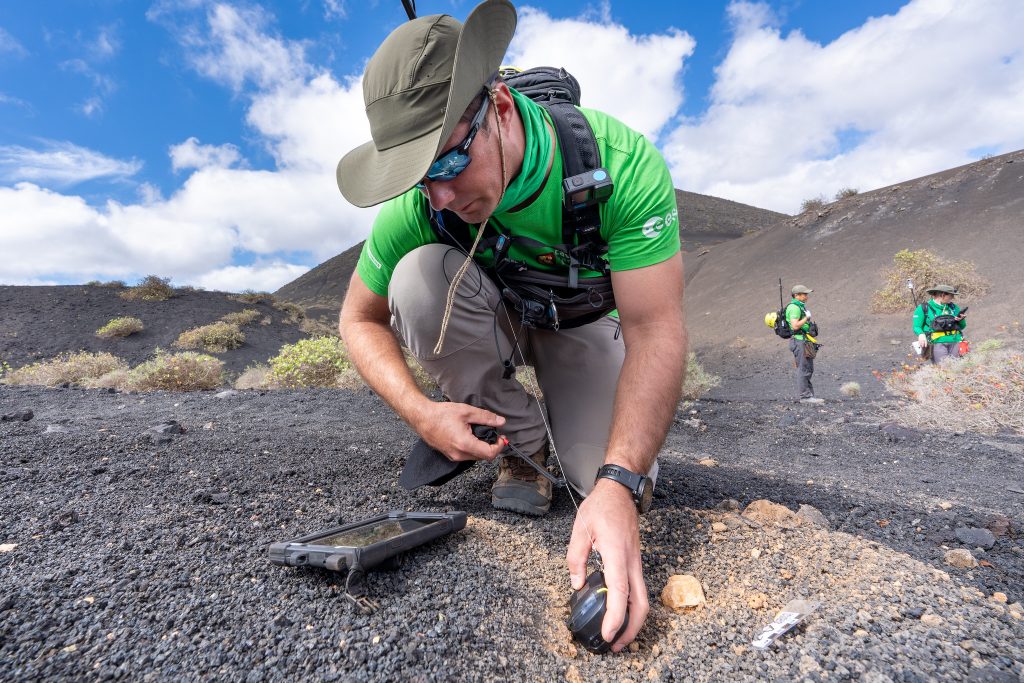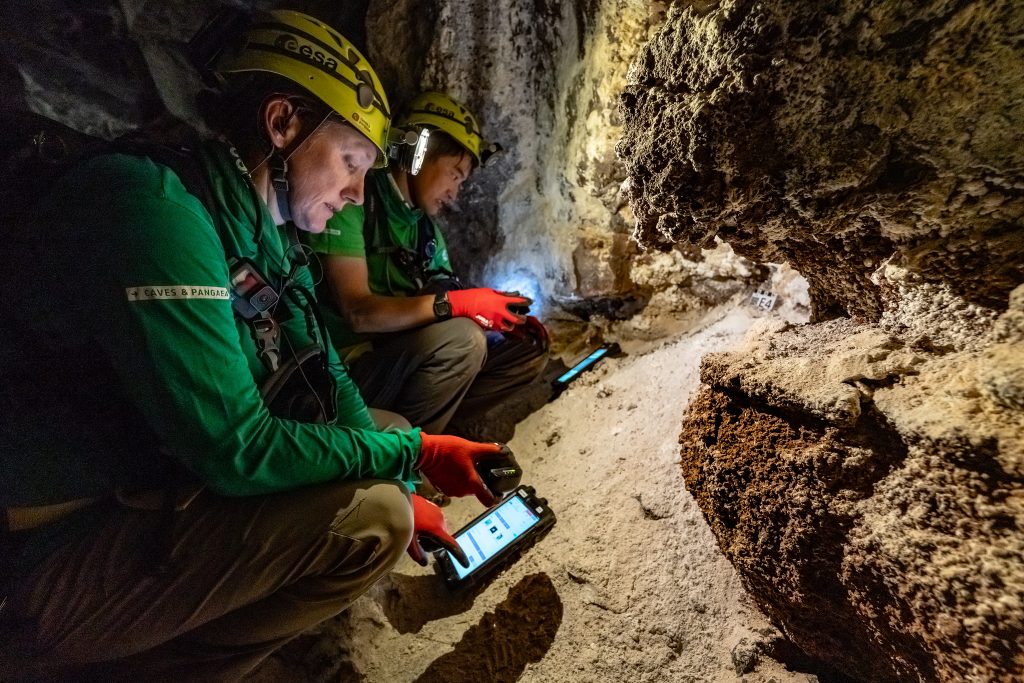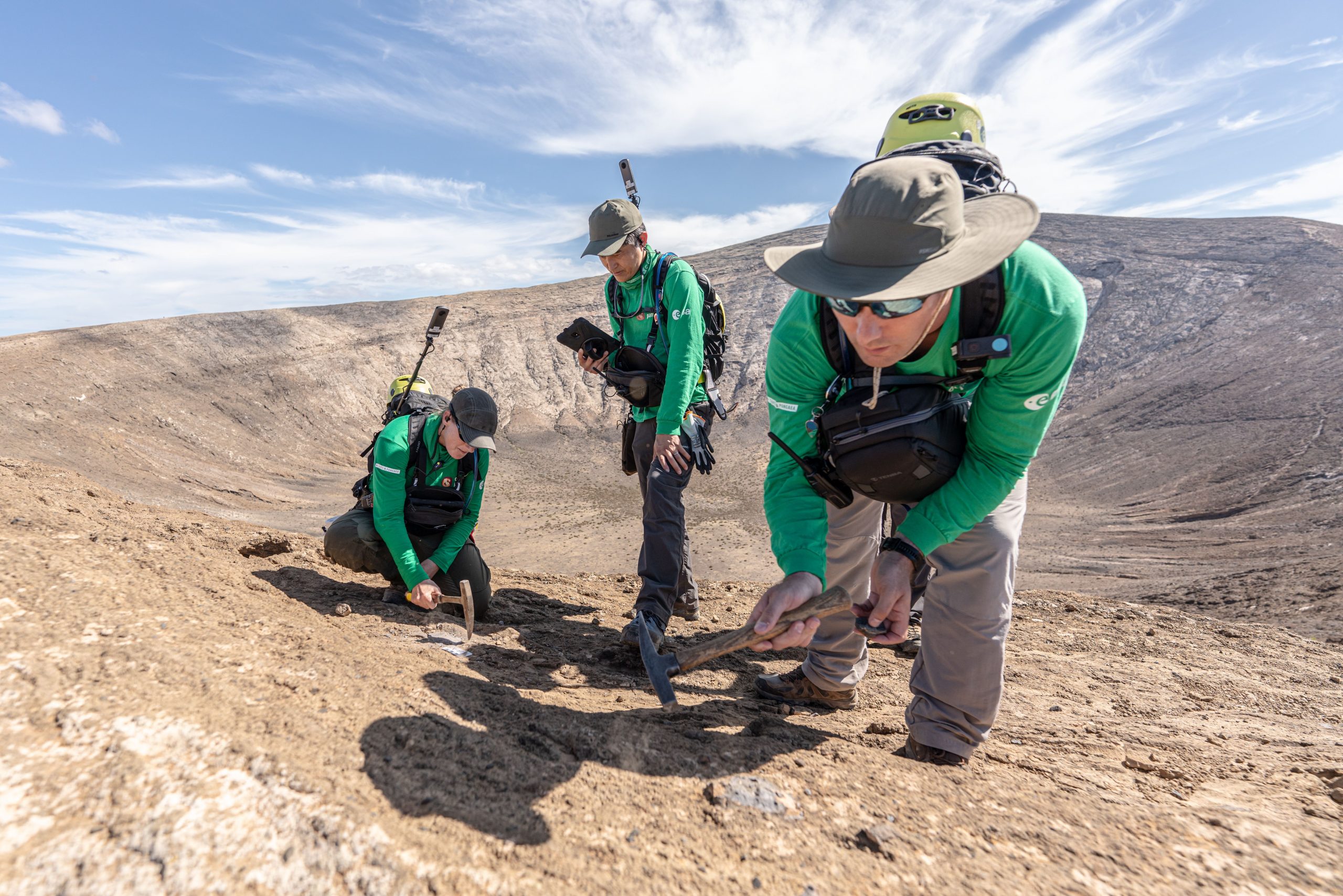Thomas Pesquet
ESA astronaut Thomas Pesquet spent almost 400 days in orbit during two missions to the International Space Station. “I am learning how to explore again, but in a scientific way. The course helps us understand the mechanisms of lunar geology, and train for future lunar missions to maximise the scientific return,” said Thomas after three weeks of intensive PANGAEA training in 2023.

Jessica Wittner
Together with Thomas at the 2023 training was NASA astronaut Jessica Wittner. “I enjoyed seeing the big picture and looking out for the things that looked out of place. Finding the unexpected was exciting,” she explained. “Knowing the geology of the landing site will be crucial to achieve the science objectives,” she added.

Arnaud Prost
Arnaud Prost, a member of the ESA astronaut reserve, is taking part in an operational supporting role for CNES. “It is revealing to realise that the surface of the Earth is actually very young on the geological scale. I am surprised to discover how much information we can extract from what we see in the rocks,” he shared after the 2024 campaign.



Discussion: no comments